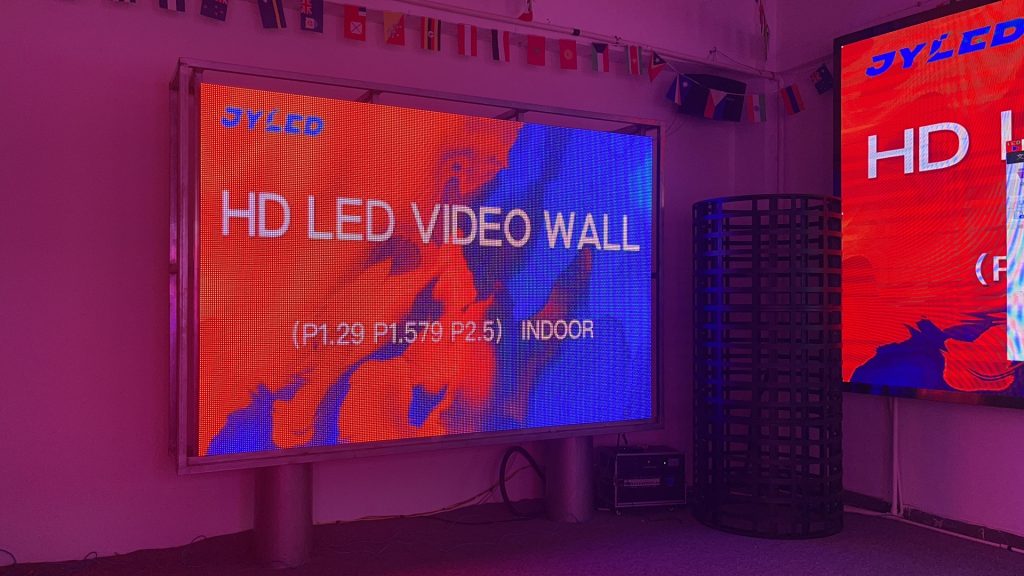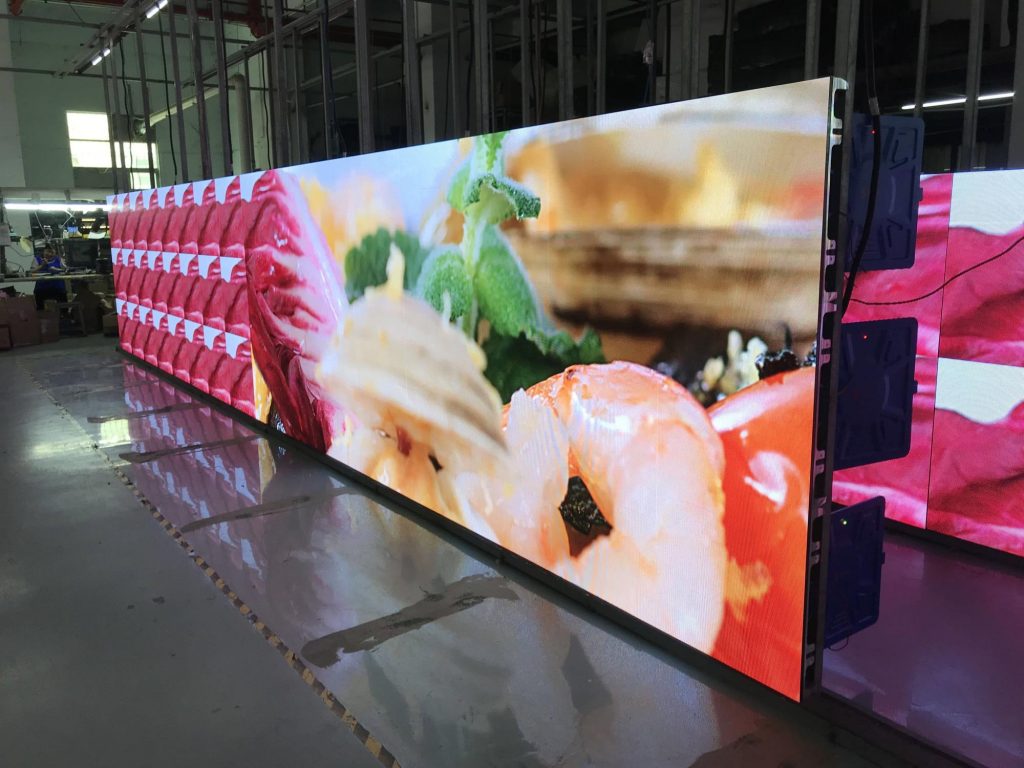As we all know, the current P2.976 outdoor rental LED display has been widely used in outdoor publicity, advertising and other industries related to outdoor LED display. Unlike indoors, the outdoor environment is very complex and prone to various A variety of extreme weather, such as typhoon, high temperature, rainstorm, etc., so outdoor rental LED display needs to pay special attention to waterproof and dustproof, so as not to affect the operation of the screen due to the extreme outdoor weather.
In addition to the extreme weather outdoors, we often encounter the problem of “water ripples” when shooting the display screen. What can we do to better eliminate this problem, let’s take a look at it in detail.
P2.976 “Water ripple” scientific name “Moire” of outdoor rental LED display
In the scene of shooting the P2.976 outdoor rental LED display with a digital camera, if there are dense textures, there are often inexplicable water-like stripes, which are moire patterns. This is not only the products of the outdoor rental series, but all LED display products will have it. Simply put, moiré is the performance of the beat principle. Mathematically, two equal-amplitude sine waves with similar frequencies overlap, and the amplitude of the resulting signal varies by the difference between the two frequencies.

Some people may confuse the “water ripple” with the scan line phenomenon. In fact, the difference between the two is quite obvious, because the scan line is a horizontal black stripe line, mainly because the refresh of the display is low, and it is captured by the camera. The ripples are spread in an irregular arched shape.
Let’s break down how “water ripples” appear?
The production process of LED display “water ripple”
For two stripes with slightly different spatial frequencies, since the black lines at the left end are at the same position and at different intervals, the lines cannot be gradually overlapped toward the right.
The two stripes overlap and the black line on the left overlaps, so the white line is visible. Then, the right side is offset little by little, with the white line towards the black line, and the result of the overlap becomes black. There are variations of white lines and all black, forming a moiré pattern.

The pixel distribution density of the full-color display panel is just in the interval that the CCD can recognize, and the result must be recognized by the digital camera. Visually it is a periodic ripple.
Knowing the production process of “water ripples”, is there any way we can eliminate it? The answer is yes
Six ways to eliminate the “water ripple” of LED display
- Change the camera angle. Because the angle at which the camera captures the object produces ripples, you can change the angle of the camera slightly, rotate the camera, and remove or change the presence of the ripples.
- Change the camera position. By moving left and right or up and down, to change the relationship of the shooting angle, the moiré ripple can be reduced.
- Change the focus. Sharp focus and high detail can cause moiré, and a slight change in focus can change sharpness, helping to eliminate moiré.
- Change the focal length of the lens. Different lens and focal length settings can change and eliminate moire, which we can adjust when shooting.
- Install the filter in front of the lens directly in front of the CCD, so that the exposure conditions meet the spatial frequency, thoroughly filter the high spatial frequency part of the image, and reduce the chance of ripples on the LED display, but this method is not recommended, after all This also reduces the sharpness of the image,
- with software processing. We can remove the moiré in the final image through software, the picture can use PS, and the video we can use PR and AE.
The above is about the elimination method of “water ripples” that appear on the LED display screen when shooting. If you have other content you want to know, please contact us through the information above.